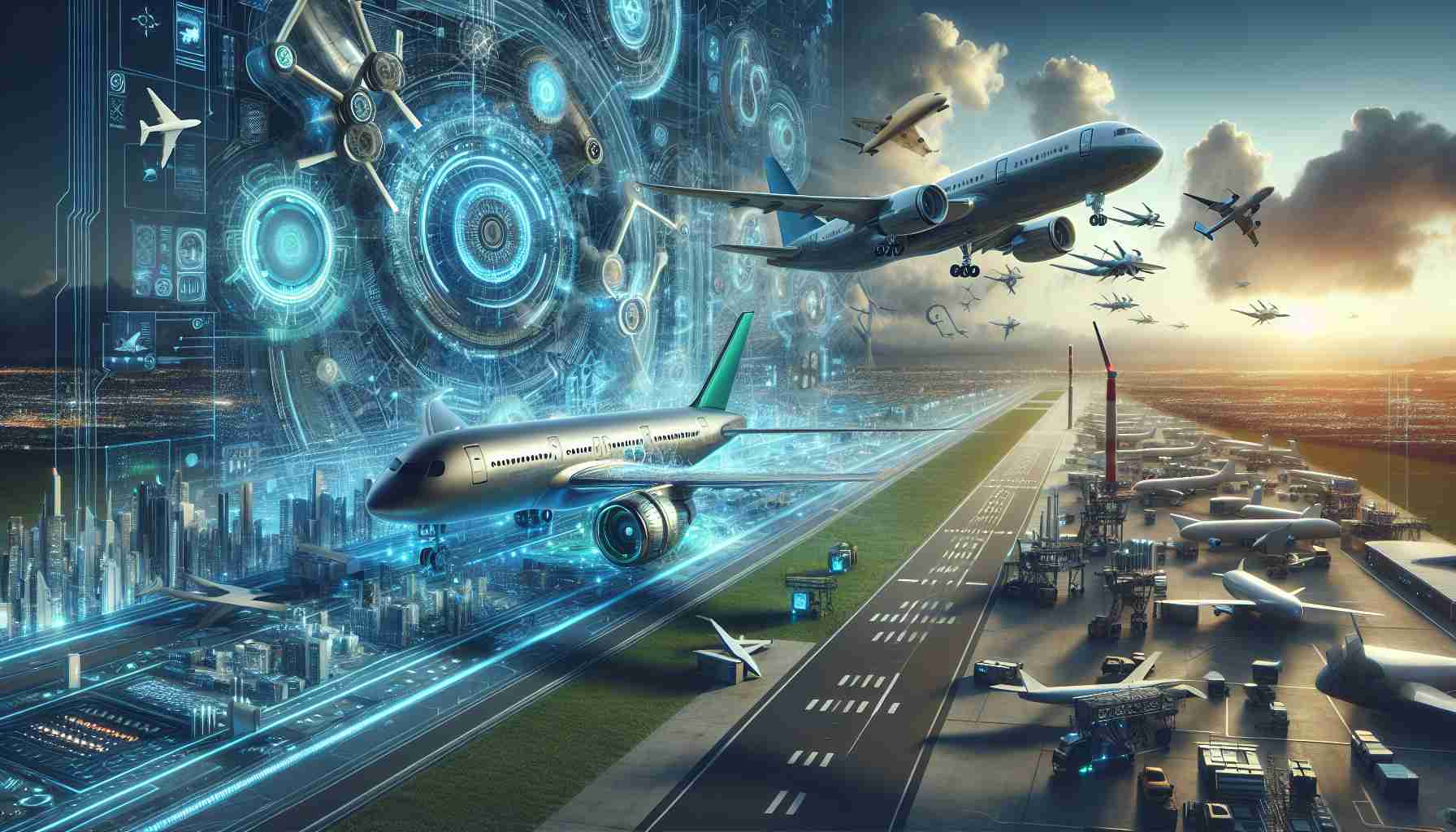Malaysia Airlines has embarked on a groundbreaking venture with a leading tech giant to overhaul its digital operations, taking a significant leap forward in the realm of customer service and market analysis. By teaming up with Huawei, the airline is set to harness the power of advanced digital solutions to gain profound insights into passenger preferences and market dynamics. This collaboration signifies a bold move towards a more customer-centric approach in delivering services.
At the heart of this collaboration lies the utilization of Huawei Consumer Cloud Services Advertising Platform to propel Malaysia Airlines’ brand and offerings within the vast Chinese market. By leveraging Huawei’s expertise and innovative solutions, the airline aims to enhance the overall customer experience and attract more Chinese travelers to choose Malaysia Airlines for their journeys.
Ahmad Luqman Mohd Azmi, CEO of Malaysia Aviation Group, expressed enthusiasm about the partnership, highlighting the potential to engage customers with personalized experiences and tailored solutions. This strategic alliance not only strengthens the airline’s position in the Asia-Pacific region but also paves the way for global expansion opportunities.
Vincent Wen, the business growth director at Huawei cloud services, emphasized the commitment to bolstering the partnership by leveraging telecommunications infrastructure and market knowledge. Through a blend of technology, local strategies, and brand visibility, Malaysia Airlines is poised to make significant strides in capturing the Chinese tourism market and beyond. The collaboration promises to bring about a new era of innovation and growth in the ever-evolving landscape of air travel.
Revolutionizing Air Travel Through Cutting-Edge Technology: Unraveling New Dimensions
As the aviation industry continues to evolve, airlines are increasingly turning to advanced technologies to enhance their operations and customer experiences. While the partnership between Malaysia Airlines and Huawei has garnered attention for its focus on the Chinese market, there are additional aspects of this digital transformation that merit exploration.
What are the most important questions surrounding the use of cutting-edge technology in air travel?
One crucial question is how these technological advancements will impact overall operational efficiency and cost savings for airlines. Additionally, it’s essential to consider the implications for passenger safety and data security as airlines integrate advanced digital solutions into their systems.
What key challenges or controversies are associated with revolutionizing air travel through technology?
One of the key challenges is ensuring seamless integration of new technologies with existing systems, avoiding disruptions to critical operations. Controversies may arise regarding data privacy concerns, particularly in light of increased data collection and analysis to personalize services for passengers.
What are the advantages and disadvantages of embracing cutting-edge technology in the aviation sector?
Advantages include improved customer experiences through personalized services, enhanced operational efficiency resulting in cost savings, and the ability to gain valuable insights into passenger preferences and market trends. However, disadvantages may include initial implementation costs, potential cybersecurity risks, and the need for ongoing training to support technical advancements.
As airlines navigate the complexities of digital transformation, collaborations like the one between Malaysia Airlines and Huawei serve as a testament to the industry’s drive for innovation and competitiveness. By leveraging advanced digital solutions, airlines can not only cater to evolving consumer demands but also position themselves for sustainable growth in a dynamic global market.
For further insights into the transformative potential of technology in air travel, visit International Air Transport Association.
This article delves deeper into the multifaceted landscape of revolutionizing air travel through cutting-edge technology, shedding light on pivotal considerations and implications shaping the future of the aviation industry.

